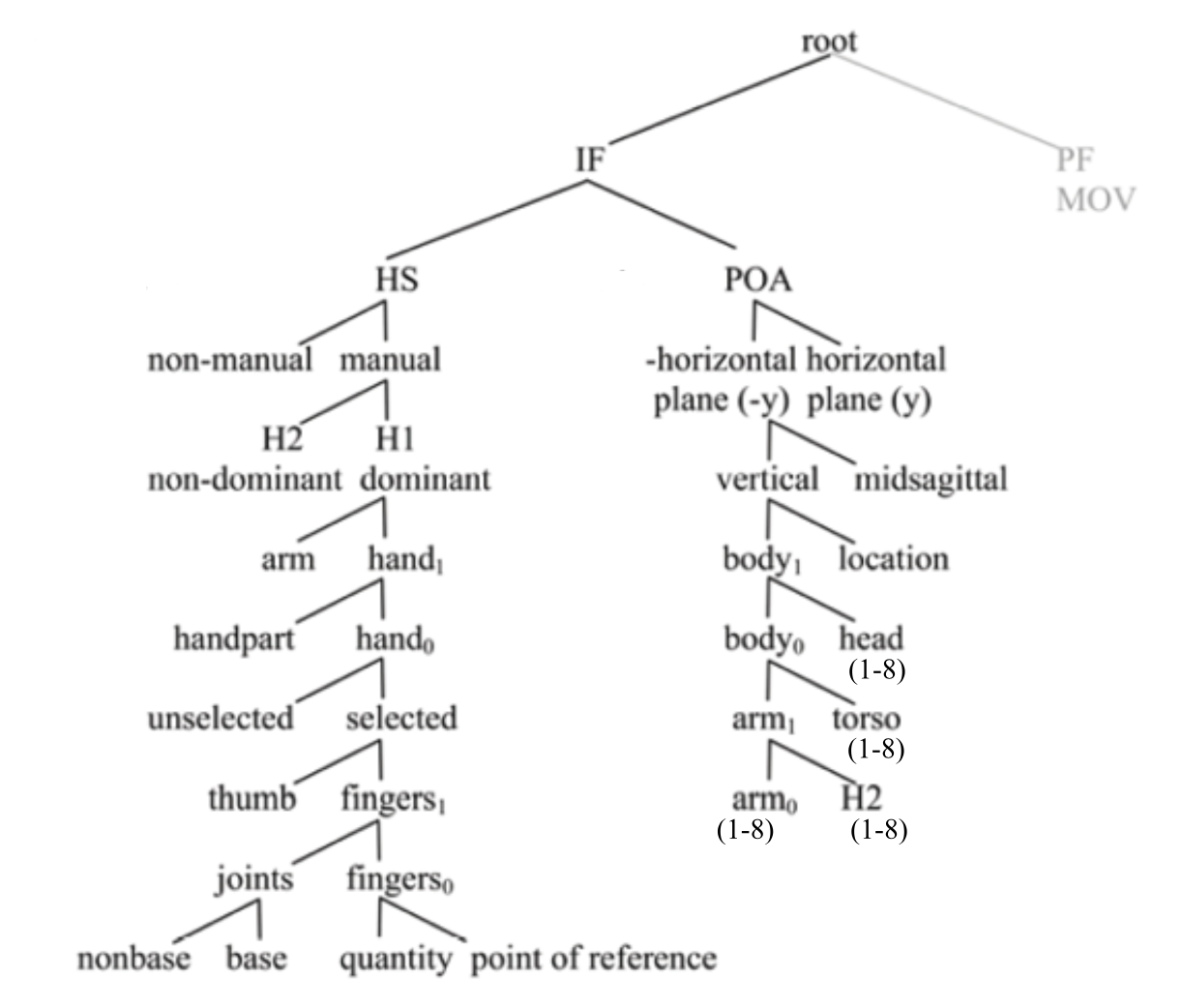For your language
If it's a spoken language:
- Consonants
- Vowels
- Permissible syllable structures
- Stress pattern (if it's a stress language)
Klingon phonology
Klingon
-
Klingon (a.k.a. tlhIngan Hol, /ˈt͡ɬɪ.ŋɑn xol/) was constructed by Mark Okrand, as the language of a fictional alien race, the Klingons, in Star Trek
-
Okrand has a Ph.D. in linguistics
More information: https://en.wikipedia.org/wiki/Klingon_language#Phonology
Okrent (2009: Ch. 24) remarks:
The phonological system of [Klingon] is by design harsh, guttural, and alien, like Klingons, but it also makes a certain kind of linguistic sense. The language doesn't include barks, growls, or other sounds not used in human languages. And the sounds it does use are not even that exotic as far as real languages go: no clicks, trills, ingressives, or voiceless vowels.
“The goal was for the language to be as unlike human language as possible while at the same time still pronounceable by actors,” I was told by Marc Okrand, the inventor of the Klingon language. “The alien character of Klingon doesn't stem so much from the sounds it uses as from the way that it violates the rules of commonly co-occurring sounds. There's nothing extraordinary about the sounds from a linguistic standpoint. You just wouldn't expect to find them all in the same language.”
Consonants and vowels
| plosive | voiceless | ph | th | qh | Ɂ | ||
|---|---|---|---|---|---|---|---|
| voiced | b | ɖ | |||||
| affricate | voiceless | t͡ɬ | t͡ʃ | q͡χ | |||
| voiced | d͡ʒ | ||||||
| fricative | voiceless | ʂ | x | ||||
| voiced | v | ɣ | |||||
| nasal | m | n | ŋ | ||||
| approximant | w | r | l | j |
| high | ɪ | u |
|---|---|---|
| mid | ɛ | o |
| low | ɑ |
Syllable structure: CV(C)(C)
- A syllable must have an onset consonant
- A syllable must have one and only one vowel
- A syllable often has a coda consonant or two
Example words:
- /thɑ/ 'record'
- /thɑr/ 'poison'
- /thɑrɣ/ 'targ (a type of animal)'
Stress is largely predictable (see Wikipedia)
Sign language phonology
Building blocks of sign languages
-
Sign language phonology is much less studied
-
Signs contrast in:
- Handshape
- Place of articulation (e.g., chin vs. forehead)
- Movement (e.g., vertical vs. horizontal)
- Orientation (of the hand(s))

Prosodic Model
- Inherent Features (1 per root)
- Handshape (HS)
- Place of articulation (POA)
- Prosodic Features (≥1 per root)


Homework
- Phoneme inventory
- Syllable structure (how to put phomenes together)
- Accent/stress